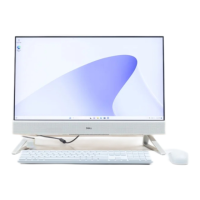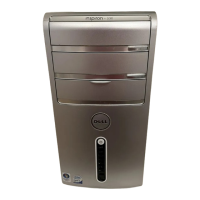Table 5. System setup options—Advance menu (continued)
Advance
● Enabled (Default)
● Disabled
BIOS Auto Recovery Performs auto firmware reset when corrupted BIOS is detected. Options are:
● Disabled (Default)
● Enabled
SupportAssist System Resolution Onboard Diagnostics
Auto OS Recovery Threshold Performs SupportAssist OS recovery after the set value failed boot attempts.
Options are:
● Off
● 1
● 2 (Default)
● 3
Support Assist OS Recovery Enabled Support Assist OS recovery on failed boot attempts. Options are:
● Disabled
● Enabled (Default)
Table 6. System setup options—Security menu
Security
Admin Password Displays the Status of the administrator password.
System Password Displays the Status of the computer password.
Asset Tag Displays and allows to edit the Asset Tag of the computer.
Admin Password Set, change, or delete the administrator password.
System Password Set, change, or delete the computer password.
Password Change Set the status to allow User to set the System Password. The options are:
● Permitted (Default)
● Disabled
Password Bypass Set the status to allow User to bypass System Password. The options are:
● Disable (Default)
● Reboot Bypass
Absolute® Set the Status of the Absolute Module on the computer. The options are:
● Activate
● Deactivate
Absolute® Status Displays the Status of the Absolute Module on the computer. The options are:
● Disabled
● Enabled (Default)
● Permanently Disabled
Firmware TPM Enable or disable TPM 2.0 security options.
TPM Security TPM 2.0 Security options.
TPM On Turn On/Off TPM security option. The options are:
● On
● Off
PPI Bypass for Enable Commands Controls the TPM Physical Presence Interface(PPI). When enabled, this
setting allows the OS to skip BIOS PPI user prompts when issuing TPM PPI
enable and activate commands. The Options are:
● Enabled
● Disabled (Default)
System setup 67

